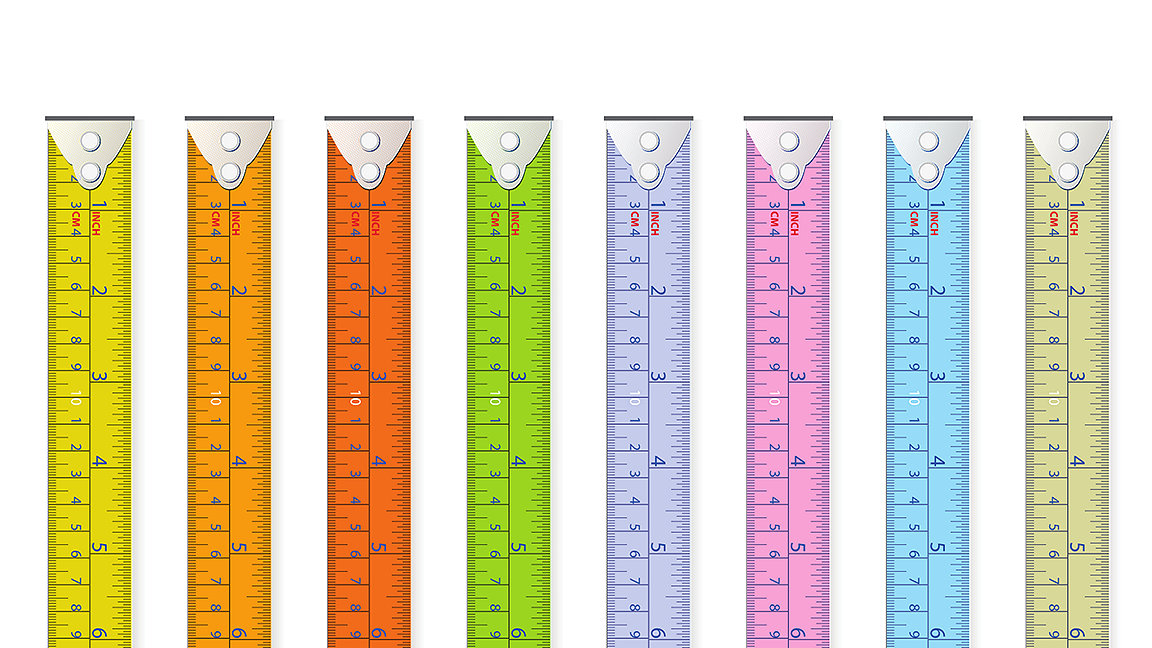
"Est modus in rebus" is Latin for "there is measure in all things", and just so happens to be the RICS' motto.
Property measurement is a fundamental skill required to work across the built environment. Measurements are used in numerous important functions from valuation, management, conveyancing, planning, taxation, sale, letting and even for an acquisition.
Land and real estate assets comprise 50-70% of the national wealth of the world's economies – much of global bank lending is secured upon these land and property assets. Accurate measurement, which is integral to the assessment process and ultimately advice provided on these assets, is therefore crucial for overall market confidence and economic stability.
International Property Measurement Standards (IPMS) provide a consistent, transparent basis for measurement that enables quick comparisons between properties, simplifying real-estate decision-making in the process and avoiding confusion, frustration and promoting trust between landlords and tenants.
Recent structural shifts in investor and occupier demand for real estate, many accelerated by the impacts of COVID-19, have resulted in changing market, public and regulatory expectations of RICS members and firms, so it is critical that measurement is consistent, agreed and adopted.
The latest document in the suite of International Property Measurement Standards (IPMS), All Building Asset Classes, has been published for consultation and remains open for comment until 1 March 2021.
This document follows feedback from previous consultations and discussions with many stakeholders over inconsistencies in the measurement of office, industrial, residential and retail property both within and across world markets.
The new document brings together existing individual standards for office, residential, industrial and retail buildings into a single harmonised standard for all classes of building. It also covers mixed-use and specialist buildings, whether held for investment purposes, private occupation or public use.
Refining definitions
As it has for the previous consultation documents, the standard-setting committee of the IPMS Coalition has been refining existing definitions and adding new ones to ensure that the standard meets the needs of the market.
In order to resolve confusion over terms that have established definitions, the SSC avoided existing floor area descriptions that are used commonly but inconsistently in markets around the world.
Research by the SSC has found that measurement practices vary substantially across local and global markets, but that there is often a need to measure the external area of a building for planning purposes or the summary costing of development proposals. The SSC therefore decided to refer to this as IPMS 1 and apply it to all classes of building. Component areas in IPMS 1 will help the property professions make efficient use of space and benchmarking data. IPMS 2 was developed to measure the internal area of all or part of a building.
It was also important for transactions and other purposes to measure areas in exclusive occupation. The SSC identified two different measurement bases, IPMS 3A and IPMS 3B, that were required to meet global market needs for various assets and purposes, and two others, IPMS 4A and IPMS 4B, that facility managers and corporate occupiers need to define the area of part of a building. Some markets will only require one of the measurement bases A or B, but others may use both for different purposes.
The SSC has focused only on issues directly related to building measurements and calculated areas within a building. It is acknowledged that different floor area measurements are adopted globally in construction, transactions and valuation. IPMS will not only provide clarity for those developing, purchasing or leasing property, but also enable comparison of differing measurement standards.
Next steps
Depending on the comments received, a follow-up draft of the document could be published for a further round of consultation.
Once the final standard is agreed, the global adoption of IPMS will make transactions much easier for international investors and tenants, and encourage further business from them for all users of the standard. You can view the complete list of companies and governments that have already committed to using IPMS, as well as further details on the consultation, the response form and all previous IPMS publications on the coalition website.
Please take part and encourage your colleagues to engage in this consultation process.
Related competencies include: Measurement of land and property
“The global adoption of the new IPMS document will make transactions much easier for international investors and tenants”
